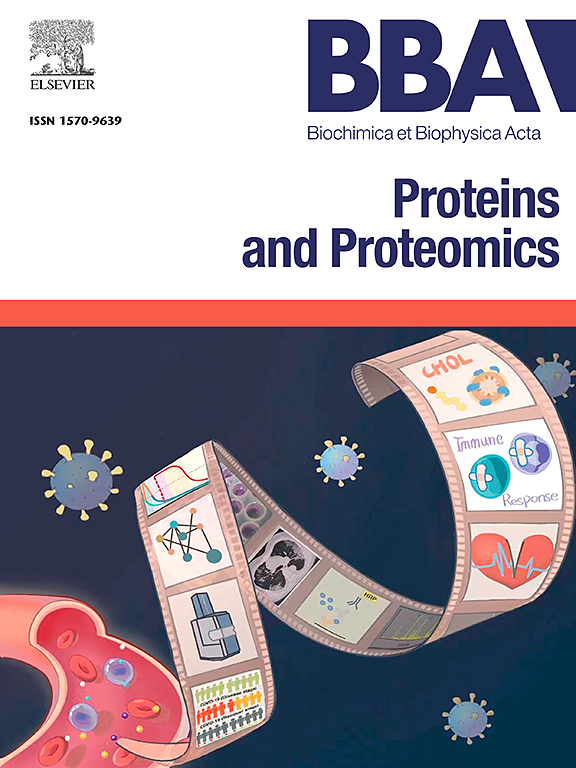通过转录因子结合位点的人类特异性神经元突变,神经精神顺式调节增强子的进化。
IF 2.3
4区 生物学
Q3 BIOCHEMISTRY & MOLECULAR BIOLOGY
Biochimica et biophysica acta. Proteins and proteomics
Pub Date : 2025-08-13
DOI:10.1016/j.bbapap.2025.141095
引用次数: 0
摘要
多细胞基因组中的顺式调控元件(cre)在基因的精确调控中起着重要作用。越来越多的证据表明,cre的改变对人类大脑进化、神经元细胞适应和生理产生了巨大影响。CREs中人类特有的序列加速不仅改变了人类大脑的整体认知功能,而且似乎也大大增加了患精神疾病的风险。在cre中绘制人类特异性神经元突变仍然是一个挑战,并且可以在很大程度上影响转录因子的DNA结合域与cre相互作用的方式。在本研究中,我们在自闭症谱系障碍、精神分裂症和双相情感障碍这三种主要精神疾病的神经精神增强子的转录因子结合位点内发现了人类特异性的神经元突变,并通过分子动力学模拟研究了人类特异性神经元突变对其与各自转录因子结合亲和力的影响。此外,我们还在同一组经经验证实的神经精神增强因子中发现了积极选择的信号,并将其与转录因子与人类特异性及其对应的祖先等位基因结合的方式联系起来,这些等位基因含有转录因子结合位点。本文章由计算机程序翻译,如有差异,请以英文原文为准。
Evolution in neuropsychiatric cis-regulatory enhancers through human-specific neuronal mutations within transcription factor binding sites
cis-Regulatory elements (CREs) in multicellular genomes play a significant role in precise regulation of the genes. Increasing evidence has shown that alterations in CREs have had a drastic effect on the human brain evolution, neuronal cell adaptation and physiology. The human-specific sequence acceleration in CREs has not only changed the overall cognitive function of the human brain, but also seems to have strongly increased the risk of developing psychiatric disorders. Mapping the human-specific neuronal mutations within CREs remains to be a challenge and can largely impact the way DNA binding domain of the transcription factors interact with the CREs. In this study, we have identified human-specific neuronal mutations within transcription factor binding sites in neuropsychiatric enhancers of three major psychiatric disorders i.e. autism spectrum disorder, schizophrenia and bipolar disorder and studied the impact of human-specific neuronal mutations on binding affinities with the respective transcription factors via molecular dynamic simulation. Moreover, we have also identified signals of positive selection in the same set of empirically confirmed neuropsychiatric enhancers and correlated it with the way transcription factors bind with the human-specific and their counterpart ancestral allele harboring transcription factor binding sites.
求助全文
通过发布文献求助,成功后即可免费获取论文全文。
去求助
来源期刊
CiteScore
8.00
自引率
0.00%
发文量
55
审稿时长
33 days
期刊介绍:
BBA Proteins and Proteomics covers protein structure conformation and dynamics; protein folding; protein-ligand interactions; enzyme mechanisms, models and kinetics; protein physical properties and spectroscopy; and proteomics and bioinformatics analyses of protein structure, protein function, or protein regulation.

 求助内容:
求助内容: 应助结果提醒方式:
应助结果提醒方式:


